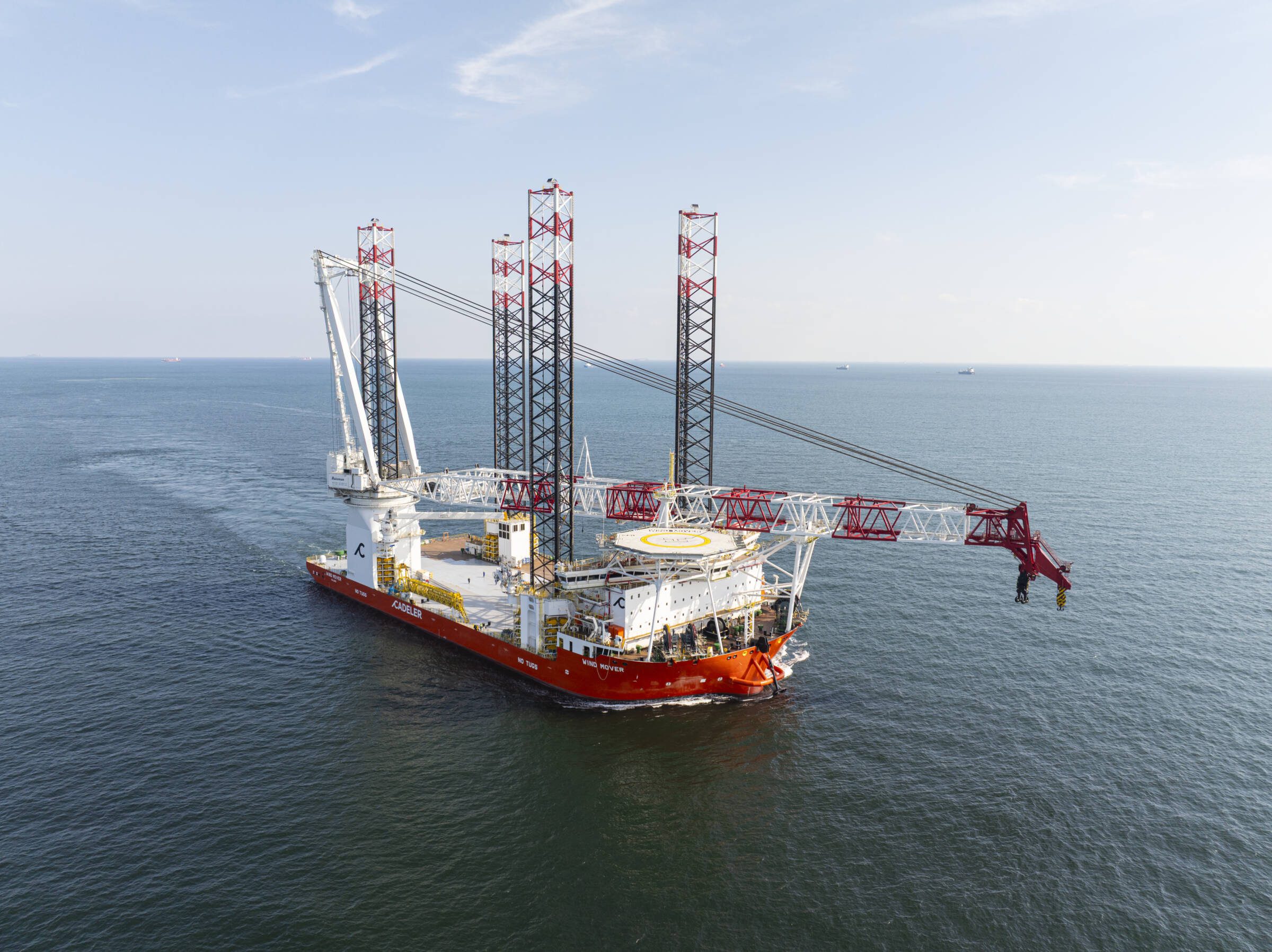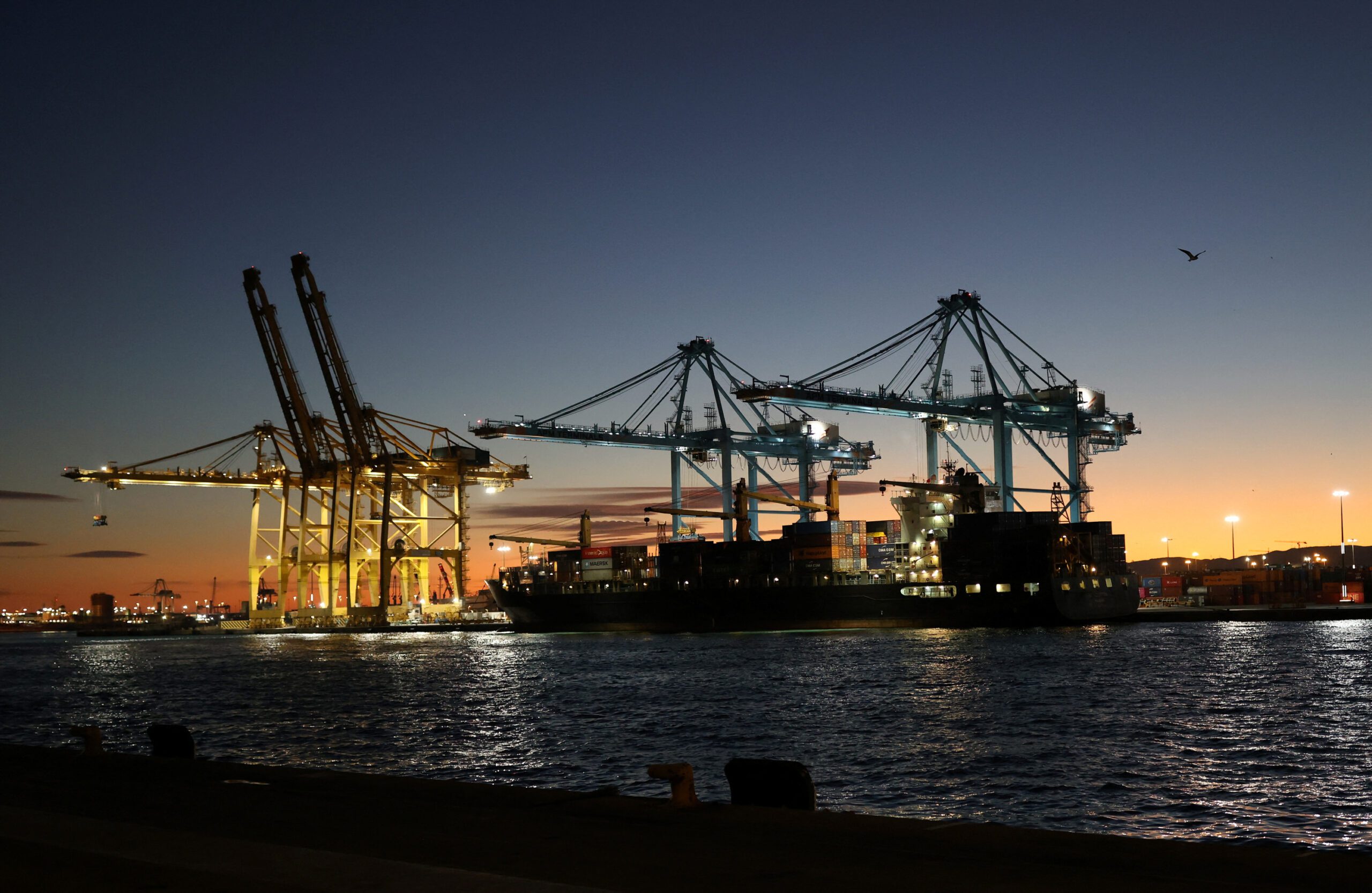The U.S. offshore wind industry has seen rapid growth in recent years, but a shortage of port infrastructure capacity threatens its progress and its ability to meet long-term targets.
A new report by the Business Network for Offshore Wind emphasizes the urgent need for private and public investment in U.S. offshore wind port development, outlining a $36 billion plan to develop domestic port infrastructure and support the country’s offshore wind power generation goals.
“The offshore wind industry has gained enormous momentum in just the last year, with steel in the water on the first two U.S. commercial-scale projects. However, the shortage of port infrastructure developments is a critical bottleneck to industry growth that risks derailing progress,” said Liz Burdock, president and CEO of the Business Network for Offshore Wind.
The report finds that the current U.S. port infrastructure system is inadequate to support the projected growth in offshore wind component manufacturing and project deployment. With targets of 30 GW by 2030 and 110 GW by 2050, there is an urgent need for private and public investment in offshore wind port infrastructure to ensure ports are prepared for current and future demands.
Although over $2.5 billion has already been invested in U.S. ports, additional investment is needed to fully unleash the industry’s potential and create thousands of jobs in manufacturing, logistics, and operations.
To support the industry’s expansion, approximately 110 port development sites are required across the East Coast, West Coast, and the Gulf of Mexico. However, only 35 such projects are currently in development. The report also highlights the need for specialized ports on the West Coast to support floating offshore wind development, which represents a significant portion of the overall U.S. market.
Without further government funding and policy support to incentivize private investment, port capacity will remain a major constraint for offshore wind deployment nationwide. The report estimates that addressing the offshore wind port infrastructure gap will require $36 billion over the next decade, accounting for construction cost inflation.
“The offshore wind industry is poised to invest hundreds of billions of dollars into clean energy generation and manufacturing over the next 25 years,” Sabina added. “To unlock this long-term opportunity, we need to build more port infrastructure right now. Ports turn offshore wind project spending into family-sustaining careers for American workers and growth opportunities for domestic businesses. These facilities are major infrastructure projects that take years to develop and build. Without decisive action today, the country is at risk of falling short of our offshore wind deployment goals and losing out on this once-in-a-generation jobs and investment opportunity.”
The report suggests nine approaches that state and federal policymakers could consider to encourage private investment, including subsidizing infrastructure costs and de-risking projects to enhance confidence and cost-efficiency.

 Join The Club
Join The Club










